Description
Rivaflo 2.5 mg is given to reduce the risk of stroke and systematic embolism (a serious complication after cardiac transplantation) in patients with nonvalvular fibrillation (irregular heart rhythm). It helps in the prevention of deep vein thrombosis (when blood clots forms in a deep vein of the lower leg, pelvis, thighs, or arms), which causes pulmonary embolism (a blockage in the pulmonary arteries in your lungs) in those who are undergoing knee or hip replacement surgery. Rivaflo contains Rivaroxaban belongs to the class of mediations known as an anticoagulant which prevent blood clot formation.
Product Description
Rivaflo should not be used in severe bleeding and hypersensitivity reaction to Rivaroxaban.
Use of other anticoagulants and Rivaroxaban should be avoided because this may increase the risk of bleeding in the patient. Look for any signs or symptoms of blood loss if patients are treated concomitantly with aspirin or NSAIDs. Blood thinners, including Rivaroxaban, can interact with high vitamin K rich foods such as green leafy vegetables, brussels sprouts, and collards etc. Use the anticoagulant drug with caution in patients with renal impairment.
Side Effects
Rivaflo 2.5 mg is an anticoagulant medicine, and its side effects include risk of bleeding, for example, nosebleeds, bruising, bleeding gums, heavier periods.
How to Use
Rivaflo 2.5 mg should be taken with food, and it is best to take them simultaneously each day. You may need to take the anticoagulant medicine for many years, even for life in some cases. Do not make changes to your dosing regimen without your doctor’s approval. Taking more or less may quickly put you at risk of heart attack, stroke, or blood clot formation within the blood vessel. Consult with your doctor if you have any doubt, but do not alter your dosage yourself.


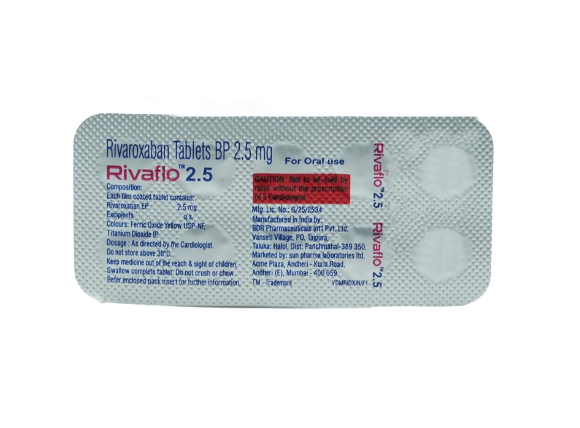
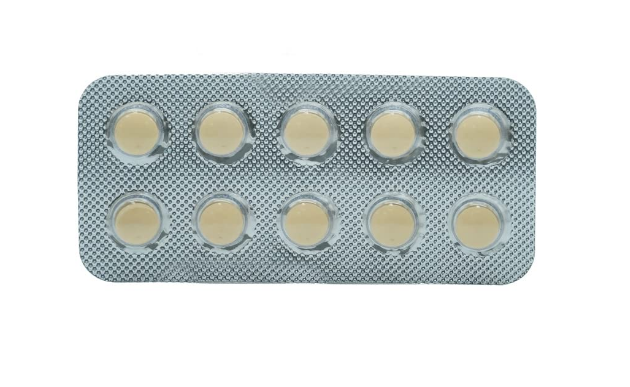
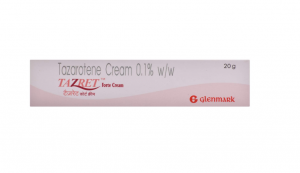
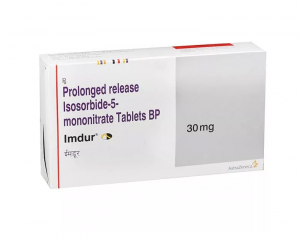
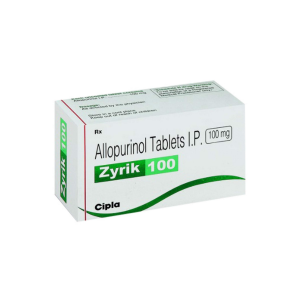
1 review for Rivaflo 2.5Mg Tablet
There are no reviews yet.